How to Choose Lamb and Understand if The Meat is Good
If you appreciate meat, you will occasionally love to treat yourself to a nice piece of lamb, a particularly prized variety for its truly unique flavor. But how do you know if you are buying truly quality lamb? There are some elements that you must learn to observe, in particular the bright color of the meat and the shiny white of the fat.
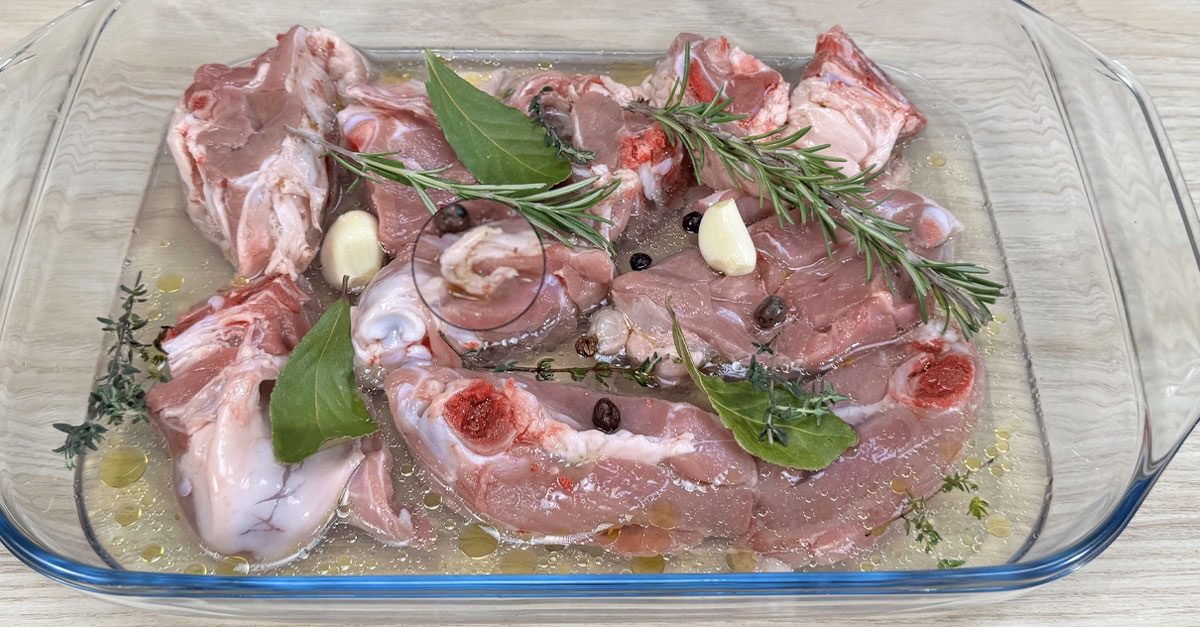;Resize,width=742;)
Of all the types of meat in existence, lamb is particularly prized and loved for its distinctive, strong, and intense flavor. It's no surprise that lamb has been part of culinary traditions for centuries. In America, lamb has a long history, especially in regions with European heritage, such as in the Northeast and Midwest. Historically, lamb was popular with early settlers and immigrants, often appearing during holiday feasts. With the rise of religious observances, particularly around Easter, lamb became a symbol of renewal and sacrifice, which is why it remains a beloved dish on many American Easter tables today.
Lamb meat is available in different types on the market, depending on the age of the animal and offered in different cuts, each of which is more suitable for a particular type of recipe: precisely because of its widespread use and long history, in fact, lamb is the protagonist of many more or less traditional preparations. Regardless of the type of cut, however, it is essential to learn to recognize quality meat.
In the U.S., lamb is celebrated for its rich flavor, often found on Easter tables and special occasion meals. When purchasing lamb, quality is key. Look for meat labeled with clear information about its origin and production, especially if you're seeking high-quality options. Ensure the lamb's color is a bright pink, and the fat should be white and shiny, a sign of freshness. Always choose cuts from reputable sources, and if possible, opt for regionally protected products to guarantee quality and ethical farming practices.
1. The Label
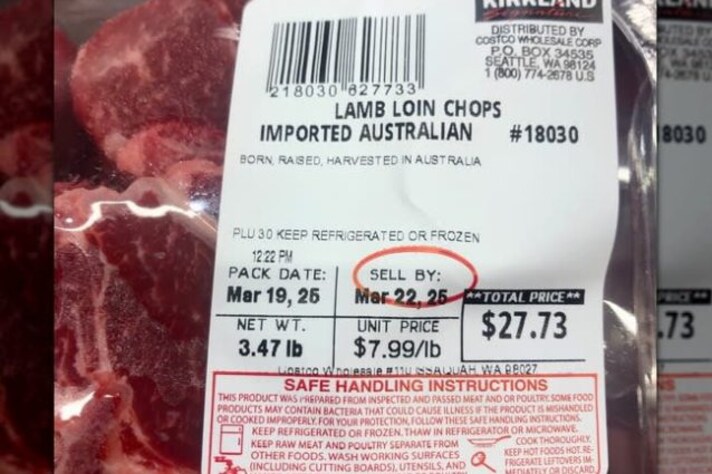
Even if the lamb you are purchasing doesn't have the PGI (Protected Geographical Indication) label, U.S. regulations and the HACCP (Hazard Analysis and Critical Control Points) standards require that certain information be provided on the packaging. This ensures the meat is traceable and safe to consume. According to regulations, the label must include one of the following indications:
- "Raised in" followed by the name of the country, and "Slaughtered in" followed by the name of the country;
- "Origin" followed by the name of the country, but only if the animal was born, raised, and slaughtered in the same country.
In addition to the origin and slaughter information, the label must also specify the type of farming, storage instructions, expiration date, and packaging date. This helps ensure that you are buying quality, properly handled meat.
2. The Color of Meat and Fat
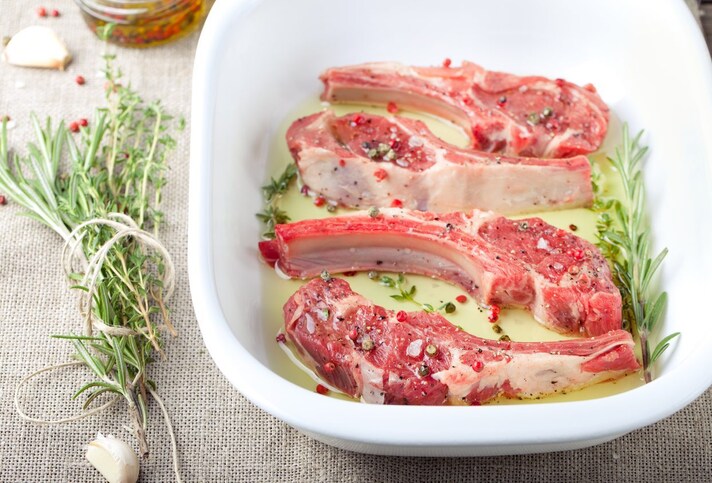
The first impact with the meat to buy is certainly the visual one: evaluating the color of the meat is very important, because the color itself is a useful tool to understand the freshness of the product. Each type of meat, when it is fresh, has a specific color and in our case the fresh lamb appears bright pink, not too dark. Also pay attention to the color of the fat, another fundamental indicator to evaluate the freshness: it must be white or at most slightly tending towards yellow and appear bright, shiny. If the meat or fat have darker, dull or stained parts it is a sign that it is not very fresh and has probably already started to deteriorate.
3. The Marbling
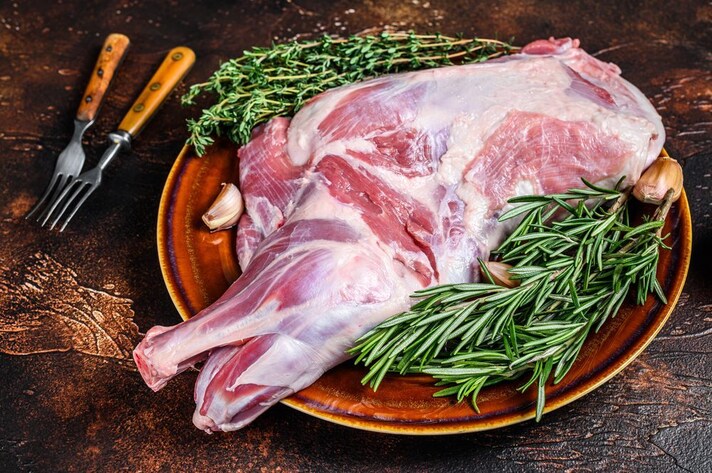
Marbling is the distribution of fat within the muscle tissue and is a typical characteristic of high-quality meat, as well as the freshness of the product: its presence indicates an intense flavor and extreme softness, but also that the product is not in an advanced state and that the animal it comes from is healthy. In the case of lamb, good marbling appears with streaks or patches of white or yellowish fat that can be seen between the fibers of the raw meat; when abundant, it can take on a shape similar to small parsley leaves. The presence of these streaks in lamb indicates a fresh, healthy, quality product.
4. The Consistency
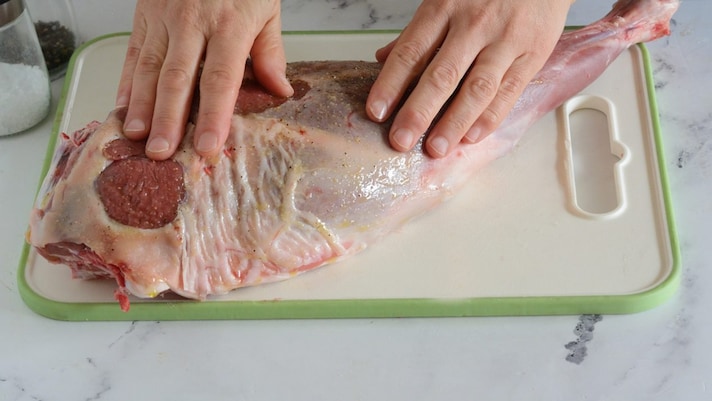
Consistency is a very important factor when it comes to recognizing good quality meat, but it is also the most difficult to evaluate because you cannot touch the meat, in fact it is a characteristic that you notice better if you go to the butcher's shop. When the butcher takes the piece to cut it, observe carefully how the meat behaves: if when he touches it with his fingers it immediately returns to compactness it means that the meat is fresh because it is firm, compact and tough. On the contrary, if the finger sinks and the meat does not resist, but rather remains a depression, do not buy it because the inelasticity is synonymous with poor freshness.
5. The Smell
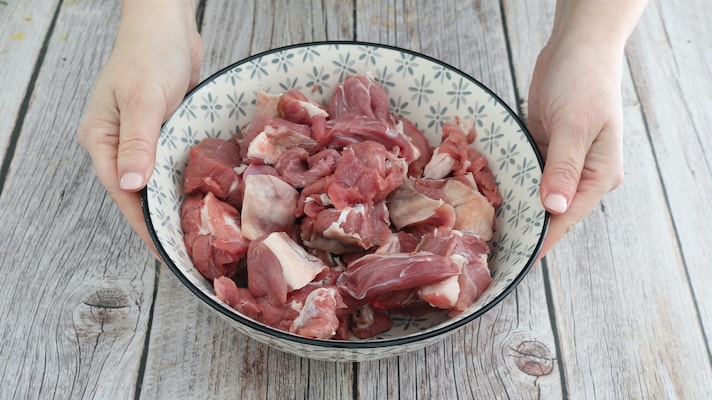
One of the most well-known characteristics of lamb is its intense, wild and somewhat particular smell that it has both when cooked and when raw, but remember that intense does not mean rancid! Smell the meat well, because if the smell is particularly pungent in an unpleasant way or too sweetish it means that the product is not fresh.
;Resize,width=767;)
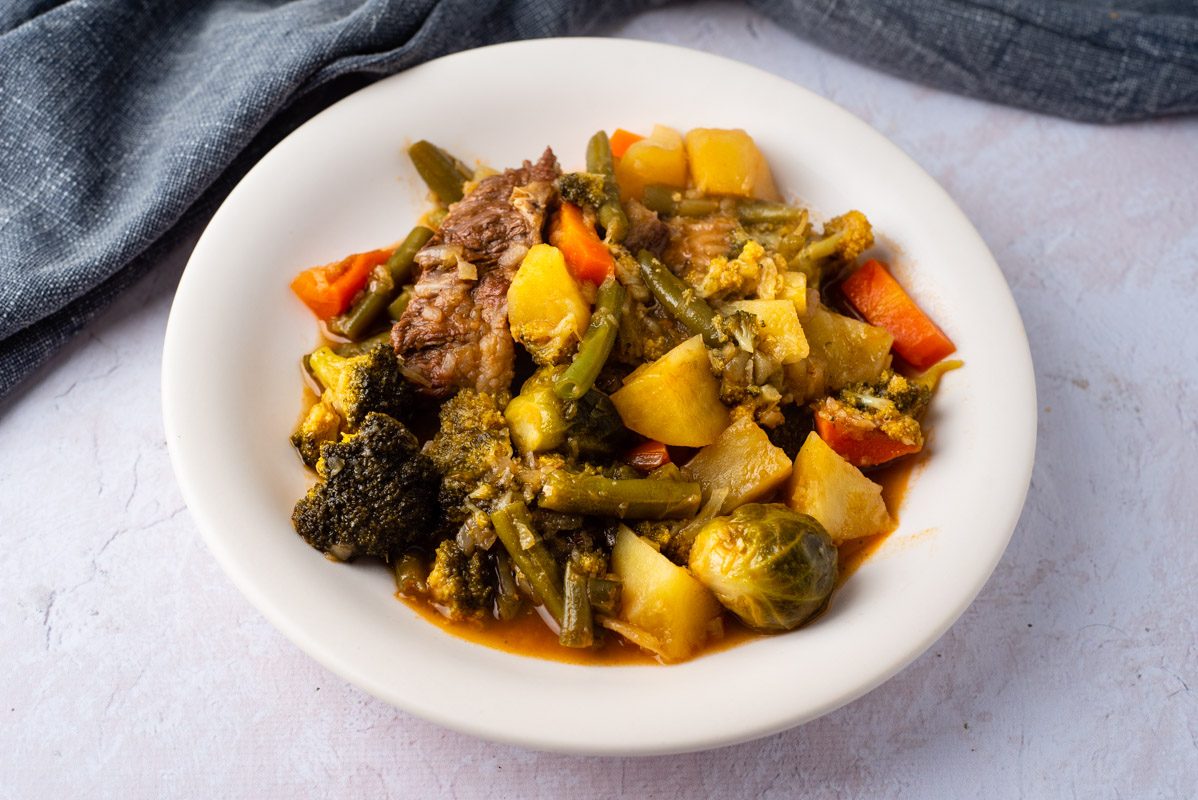;Resize,width=712;)
;Resize,width=712;)
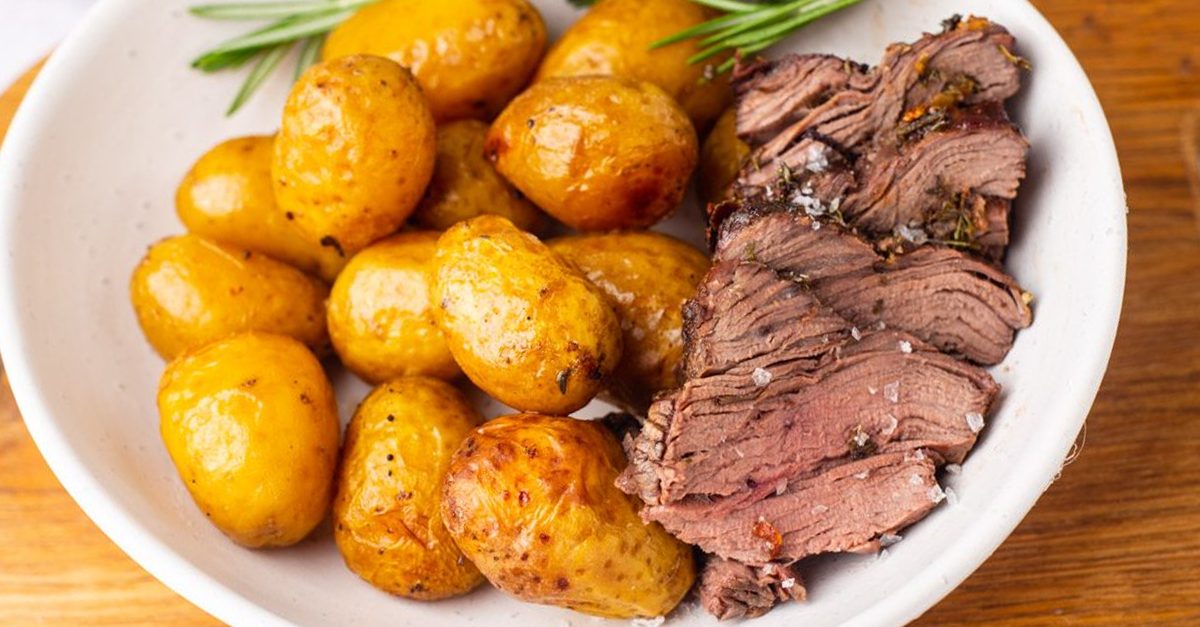;Resize,width=712;)
